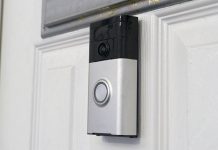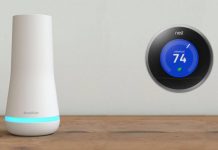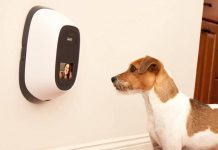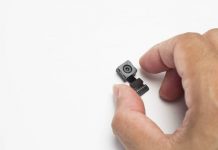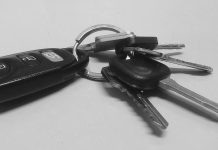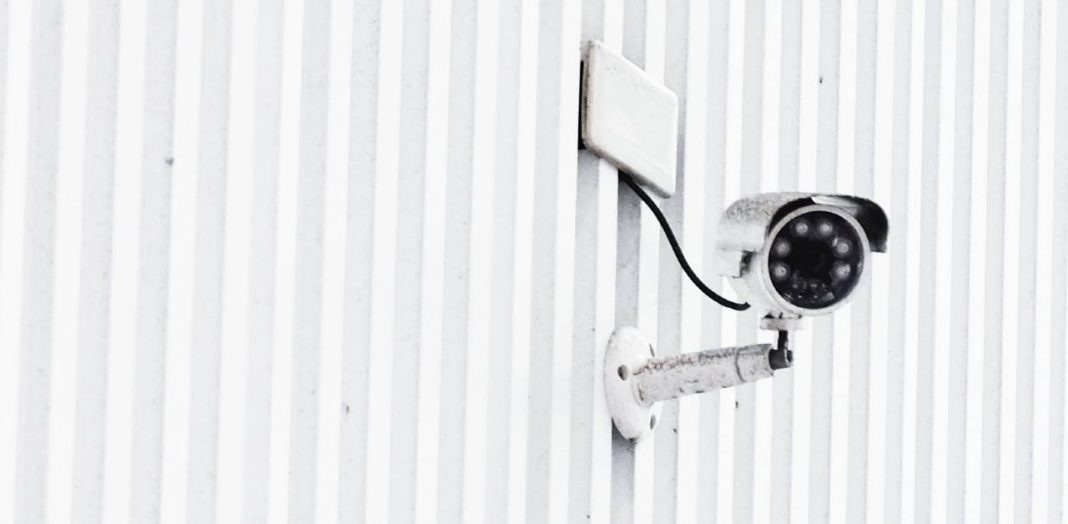UPDATED February 10, 2022 This piece has been updated to reflect the emergence of new technology


Christian Mathews Security Writer
Even if the crime rate is dropping continuously since 1990, it remains a big issue. In the United States alone, as many as 2 million homes are burglarized every year. To avoid your home being one of them, you need to consider installing an indoor home camera system. These will make your home a lot safer. In fact, as you’ll see in this article, their benefits go beyond safety.
Here we explain the things you should look for when purchasing a home security system.
1What is a Home Security System?
An indoor home camera system or alarm system is often confused with a burglar alarm and CCTV cameras. But those are simply components of a home security system that may or may not be included. To define a home security system, it is a collection of physical electronic equipment that digitally protects your home from invasion and burglary.
They consist of the following equipment:
Cameras
Cameras are an integral part of home security systems. These give the viewing ability to the system. You can stream the live feed from your mobile phone or from anywhere else in the world. There are many brands to choose from, Arlo wire free security cameras are just one of the options.
Sensors
Sensors allow the security system to sense the environment. The sensors can be a heat sensor, sound sensor, motion sensor, and so on. If the sensors catch high fluctuations, they alert the inhabitants accordingly.
Siren
Sirens go off when there’s a danger. They serve two purposes: alert everyone that’s living in the house and scare away the intruder.
Keypad
Keypad gives you access to the home security system and lets you modify the setting. You can turn on and off the entire system or specific components of it.
Panic Button
The panic button is the easiest way to call for help when you perceive a dangerous situation. This will automatically send a help message to your local police station.
Base Station
The base station is like a junction. It’s where all the information received from the components syncs up. Then it’s fed to the user or the person monitoring it.
Depending on the manufacturer, there can be more advanced components. But the above are the bare minimums.
2Things To Look for in a Home Security System
Purchasing the correct home security system can become a challenge, especially when there are many options available. But you can always filter your options by consider the following things:
Installation Type (DIY or Technician)
The first filter you can apply is the installation type. Are you someone adept at installing a home security system, or do you have time to do so? If yes, you might consider buying a system that you can install on your own.
Some companies do not authorize self-installation and require their own technician for this purpose as part of their warranty policy. No one type is superior to another, but you need to select your own option.
Self or Professional Monitoring?
Depending on who will be monitoring your home, security systems are of two types: self-monitoring indoor wireless security cameras with monitors and professionally monitored home security systems.
Self-monitored are those that put all the responsibility on you, from installation to monitoring to maintenance. You get to decide which rooms to install the cameras and where to feed the live stream.
Professional systems, on the other hand, employ professionals to look over your house and respond to the situations accordingly. This is usually for a fee.
So decide which type of system you want for your home.
Integration with Smart Home System
Indoor home camera systems and alarm systems work best when they integrate with the smart home system. This way, you can control different components from anywhere in the world with voice commands. Not only control, but you can also check the working status of each component. If you find any of the components are malfunctioning, you can replace it at the earliest.
Power Backup
Home security systems run on electricity. No electricity means no surveillance. Therefore, you need to take care of the power source. Some security systems come with an in-built battery that supplies the power during outages. This ensures your house is continuously monitored even without electricity. But some systems do not have such a built-in battery. You can supply power from inverters. Go with the type you’re comfortable with.
Night Vision
The majority of the burglaries in the United States take place during the daytime, usually between 12 and 4 PM. But that doesn’t make the significance of night vision security systems any less. With night vision, you’ll be able to monitor sections of our house that are in the dark. Consider garages, bunkers, storerooms, or even your bedroom when all the lights are closed. Security systems with night vision capability give you this advantage.
Motion Detection
With motion detection features, a home security system will raise an alarm immediately and automatically when it senses a movement. This movement can be a burglar entering a house or a window being shattered. Systems with motion sensors can sense these types of movement and alert the users. But you need to be careful with the implementation. This is because if not configured properly, the system can raise false alarms.
Storage Type (Local or Cloud)
The footage captured by the cameras can be stored either locally on a hard drive or on a cloud server that’s typically owned by the company. With local storage, you get more control, while with cloud storage, you get convenience. Your local storage will run out of space, but cloud storage will not. Local storage is free; cloud storage comes with a fee. Retrieval is easy in local storage but can take several hours for cloud storage. So, you need to pick your option.
Two Way Audio Communication
A two-way communication system allows you to talk to a person outside your home without opening the door or window. This way, you can verify the person before welcoming him or her. Not all indoor home camera systems offer this.
If you want to provide the best protection to your loved ones and your house, you definitely need a home protection system. The above points will help you purchase the right system for your home.



